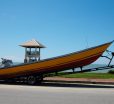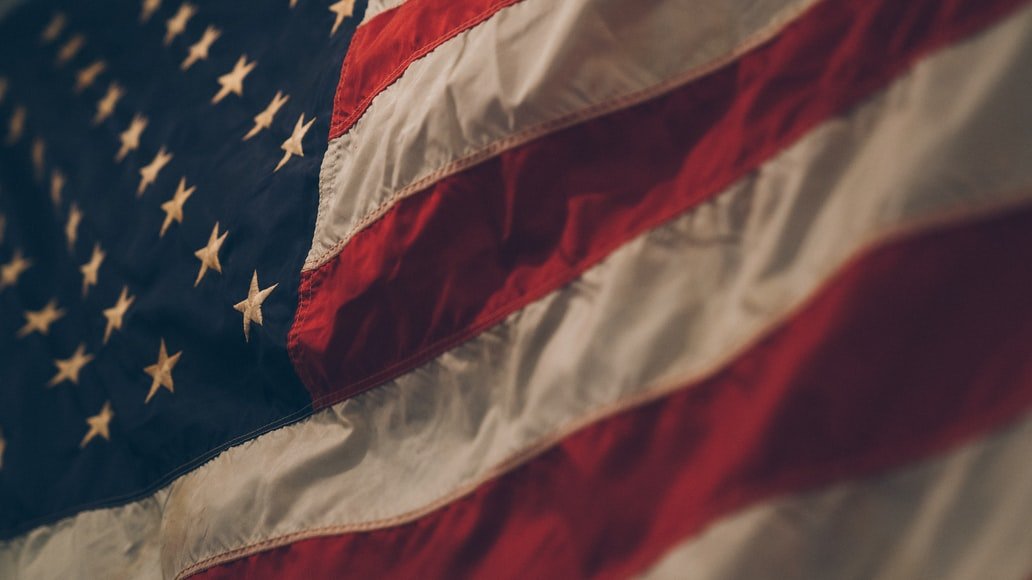According to the National Oceanic and Atmospheric Administration (NOAA), data from the U.S. Drought Monitor as of October 12 showed that almost 40 percent of the United States and Puerto Rico are experiencing moderate to exceptional drought.
This affects more than 116 million people, representing around 37.4 percent of the U.S. population. As early as last July, the National Centers for Environmental Information stated that more than 1 billion dollars were already lost due to the drought which caused water shortages in communities, farms, and ranches.
Reuters reported that the U.S. is the third-largest global exporter of beef but one-third of the country’s cattle are in drought-stricken areas. Because there is not enough water and grazing lands that feed cattle have dried up, ranchers are selling up to half of their herds.
They are not replenishing their female breeding cows. This means there will be a lower supply of beef in the coming months and even years, driving up prices.
Farmers are also being hit hard by the drought. Some did not start a new crop since failure is expected. Of the wheat produced in Washington state last spring, 93 percent was classified as poor to very poor. This led to an increase in wheat prices.
Drought Assistance for Households
The Rural Community Assistance Corporation (RCAC) assists individual homeowners and has a loan program for the installation of household water well systems in rural California. The household annual income cap is at $62,883 and the loan cap is at $15,000 for a maximum of 20 years.
Since the Safe Drinking Water Act (SDWA) as well as state and local laws do not cover the safety and quality of water from private wells, the RCAC also provides free water quality screenings and wellness assessments for existing wells. Furthermore, it conducts outreach workshops for households on the proper maintenance of well systems.
Drought Assistance for Small Businesses
On October 1, certain counties in California, Arizona, Nevada, and Oregon were declared as drought disaster areas by the U.S. Small Business Administration (SBA). Economic Injury Disaster Loans (EIDL) with low-interest rates are available for eligible small businesses such as small agricultural cooperatives, small aquaculture businesses, small non-farming businesses, suppliers of agricultural equipment, agricultural service providers, and truckers, among others.
There is a loan cap of two million dollars but if the business is a major provider of employment, the SBA is authorized to waive the cap. The maximum duration of the loan is 30 years and the deadline for filing applications is November 5, 2021.
Drought Assistance for Farmers and Ranchers
Farmers and ranch owners are not eligible for the EIDL. They are instead covered by assistance programs from the U.S. Department of Agriculture (USDA).
The Farm Service Agency (FSA) provides Emergency Farm Loans with low-interest rates if there is a 30 percent decrease in a farmer’s primary crop due to the drought. The loan cap is at $500,000 and the duration is from 12 to 18 months.
The Disaster Set-Aside Program allows farmers in drought areas who have existing loans with the FSA to postpone payment for not more than one year’s worth of payments. This must be repaid before the loan reaches maturity.
The Non-insured Disaster Assistance Program (NAP) aids farmers with non-insurable crops who have low yields or were not able to plant due to the drought. Farmers and ranchers can avail of the Emergency Conservation Program (ECP) to repair land damaged by the drought and to install water conservation methods.
For ranchers, there is a disaster program for livestock forage called LFP that gives assistance for losses from grazing lands that dried up in the drought. There is an indemnity program called LIP that helps with the cost of livestock deaths from the drought. All other losses not covered by the LFP or LIP are covered by an emergency assistance program called ELAP. This includes assistance on the cost of transporting water into the ranch.
In September, ELAP was expanded to also assist in covering 60 percent of the costs involved in hauling livestock feed to replace lost grazing opportunities. Ranchers who have limited resources, are socially disadvantaged, or are military veterans will receive a reimbursement of 90 percent of the costs.
Water Conservation and Restoration
The Guardian reports that major corporations that have data centers in drought areas need a lot of water to cool their equipment. To compensate, companies like Google, Microsoft, and Facebook are funding water restoration projects of nonprofit organizations in these areas to improve watersheds and restore water supplies.
Households must also do their share in water conservation to ensure that available water can be accessed by everyone. Saving water must become a habit and part of every American’s lifestyle.
Read Also:




























